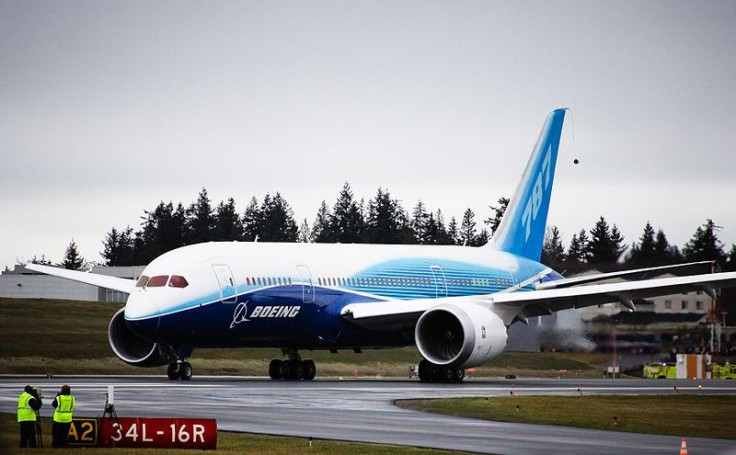Boeing Provides SLS Software Test Beds to Nasa

Boeing delivered three flight computer software test beds to Nasa, the first critical element for flight software development in support of Nasa's Space Launch System (SLS).
Flight software controls the launch vehicle during preflight tanking operations and in flight.
The test beds were delivered on 25 April, ahead of schedule, to the Software Development Facility at Nasa's Marshall Space Flight Center in Huntsville. They are now being integrated with Nasa's application software.
"These are the most capable flight computers ever developed for human spaceflight," stated Dane Richardson, manager for the Boeing SLS Avionics and Software Team.
"They have the highest processing capability available in a flight computer and triple modular redundant processors. The technology is proven from years of satellite applications, and it's reliable enough to take SLS beyond Earth's orbit."
In triple modular redundant processing, three processors within each flight computer interpret the data, then "vote" to make sure they all agree on the response before sending that solution from the computer. The three flight computers on the vehicle then compare those answers and send commands to the vehicle for execution.
"The triple redundant processors make each computer reliable in the harsh radiation environment. Similarly, the three computers working in concert make the vehicle reliable. The configuration is called the flight computer operating group," explained Richardson.
"Delivering Nasa the flight computer software test beds early gives them more time to develop the most capable flight software for SLS," said Jim Chilton, vice president for Boeing Exploration Launch Systems and SLS program manager.
In 2011, Nasa executed a contract modification that changed existing Upper Stage Production and Instrument Unit Avionics contracts into a single contract for design, development and production of the cryogenic stages and avionics for SLS.
SLS will provide an entirely new capability for human exploration beyond Earth's orbit. With its ability to conduct both crew and cargo missions, it also will back up commercial and international-partner transportation services to the International Space Station.
Under Nasa's phased development plan for SLS, Boeing is designing the two cryogenic stages concurrently to maximise the affordability of rocket development and operations. The initial flight-test configuration, scheduled to fly in 2017, will provide a 70-metric ton capacity using only the first stage. The complete two-stage vehicle configuration will provide a lift capability of more than 130 metric tons to enable missions beyond Earth orbit and support deep space exploration.
© Copyright IBTimes 2025. All rights reserved.





















